If you visit Distrowatch regularly, you will notice that the popularity ranking barely changes from one year to another.
There are Linux distributions that will always make it to the top ten, whereas others may be on the list today and not at the end of next year.
Another not so well-known feature of Distrowatch is a waiting list that consists of distributions:
- Not reviewed yet
- With missing or faulty components
- Without solid English documentation
- Projects that do not seem to be maintained anymore
Some of the distributions that have not been reviewed yet may be worthy of consideration due to their great potential. Keep in mind that they may never make it to the front page ranking due to lack of time or Distrowatch resources to review them.
For that reason, we will share a list of what we consider the 10 most promising new distros for 2020 and a brief review of each of them.
Since the Linux ecosystem is a live being, you can expect this article to be updated from time to time, or perhaps be radically different next year.
That said, let’s take a look!
1. Condres OS
Condres OS is a modern Arch-based high-performance Linux distribution aimed at today’s cloud computing enthusiasts. It was built to have a beautiful and intuitive UI which makes it easy to use and all of its functions to be easily accessible.
It is also security conscious as it ships with Suricata, a high-performance network IDS, IPS, and network security monitoring engine for intrusion detection.
Condres OS is available in many DE versions including Cinnamon, Gnome, KDE, Xfce, etc. and also available for both 32- and 64-bit architectures.
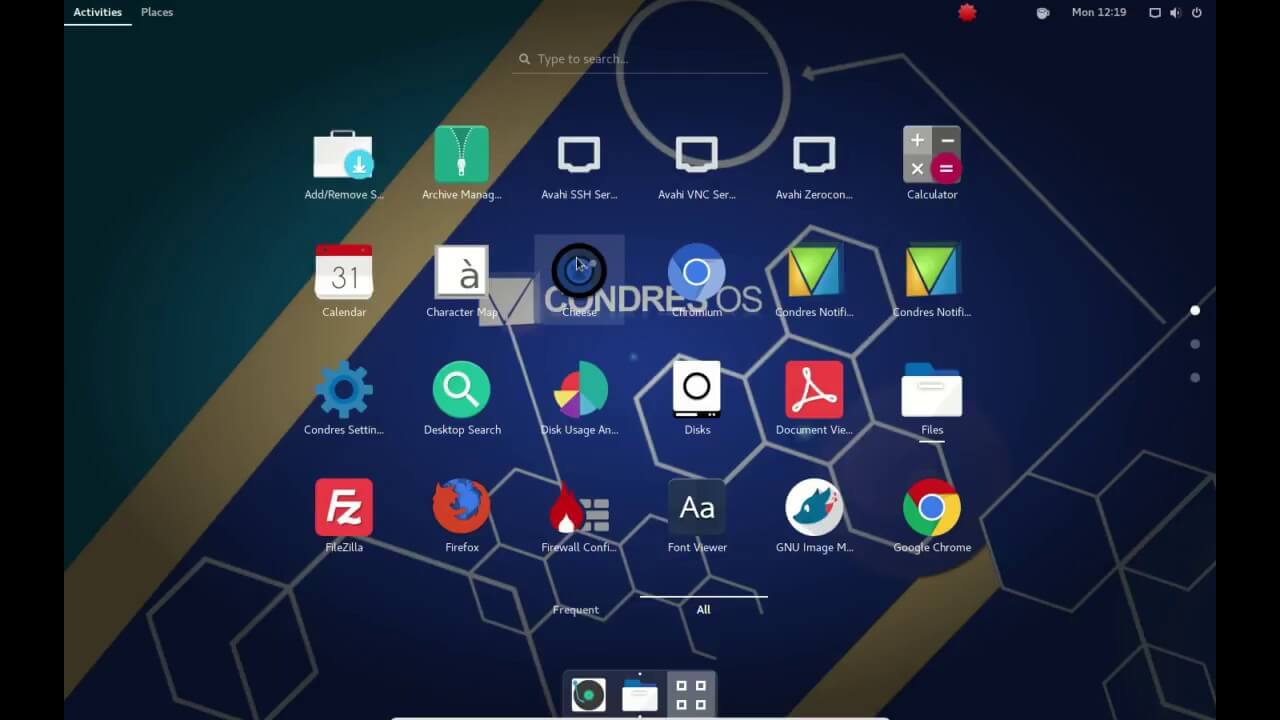
2. ArcoLinux
ArcoLinux (formerly called ArchMerge) is a full-featured Arch-based Linux distro that grants users the means to build custom distributions while also helping to improve several community editions that ship with their own desktops.
ArcoLinux has Xfce as its default DE and although it is minimalist in nature, it includes scripts via which power users can install any desktop and/or application they want.
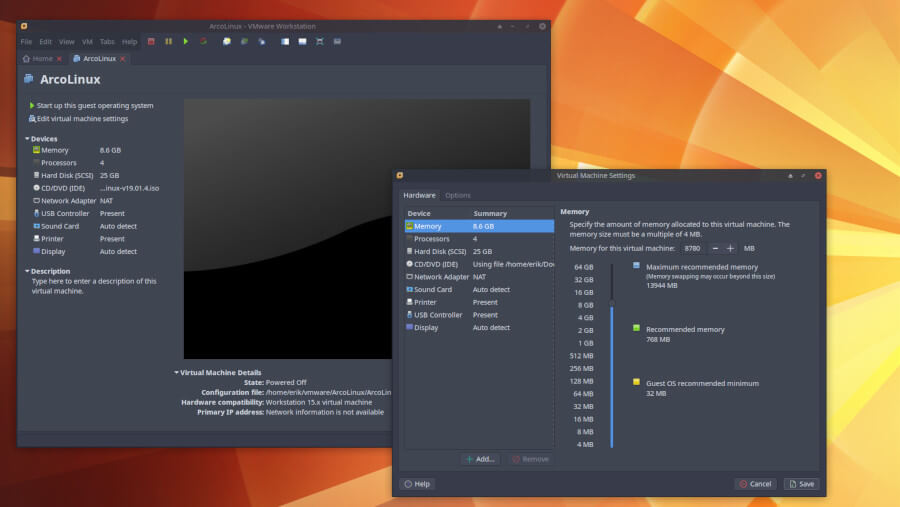
3. SparkyLinux
If you enjoy working with fast, lightweight distros then this one will fill your eyes with sparks of light.
SparkyLinux is a blazing fast lightweight Debian-based distro designed for new computers but with old computers in mind. It features various customized LXDE and Enlightenment desktops which ship with a selection of applications for home users.
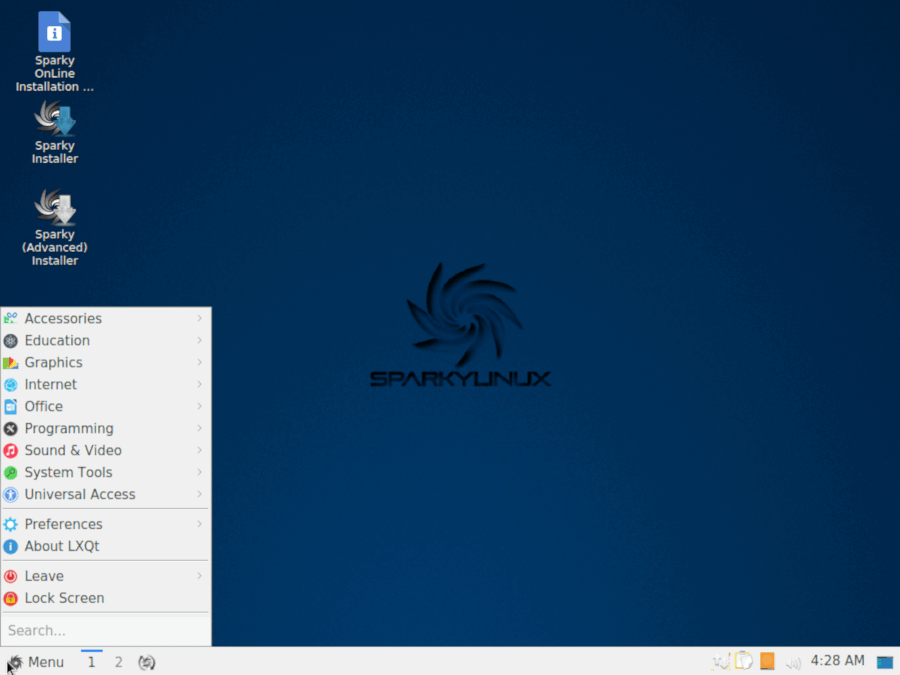
4. Flatcar Linux
Flatcar Linux is an immutable Linux distribution specifically built for containers. It is based on CoreOS’s container Linux but is built from source and thus, is independent of the CoreOS’s Container Linux project.
Flatcar Linux is designed to simplify management in large clusters which makes it ideal for running Kubernetes and it is currently funded and engineered by Kinvolk.

5. NuTyX
NuTyX is a Linux From Scratch documentation LFS and Behind Linux From Scratch documentation BLFS-inspired distro built for intermediate and advanced Linux users, and those interested in committing themselves to improve their Linux system skills.
It was developed to be highly flexible thanks to its custom package manager, cards, which enables users to compile source packages from ports, install individual binary packages, and also install groups of related binary packages like in the case of DEs like Xfce or KDE.
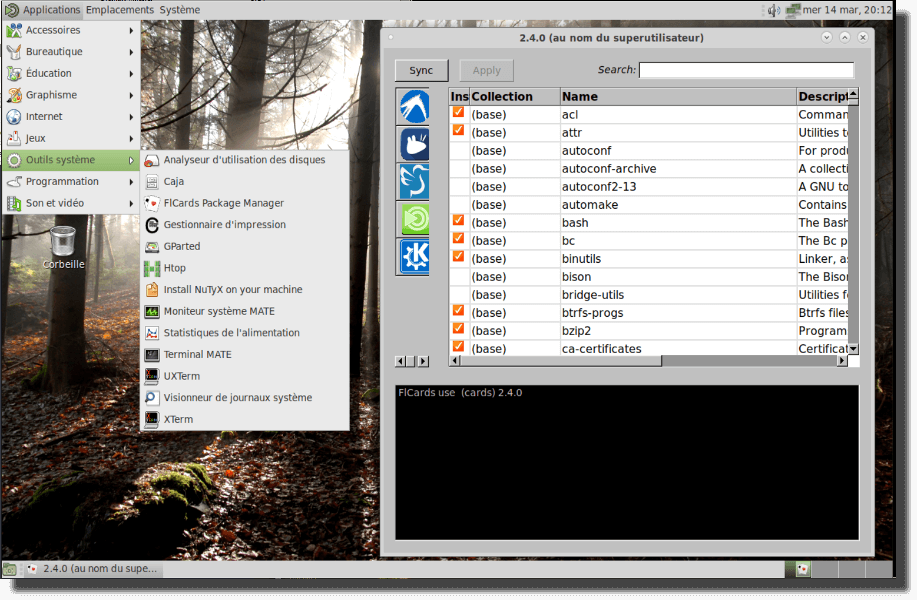
6. Robolinux
Robolinux is a distro built to provide users with a free secure Linux distribution that increases productivity and saves time.
It has a one-click Windows feature which allows you to run Windows apps somewhat natively (thanks to its VM feature). Robolinux is also keen on security and ensures that users who run Robolinux alone or together with Windows XP, 7, and 10 don’t ever have to worry about viruses, a learning curve, or performance issues.

7. Archman
Archman is an Arch-based Linux distro created in Turkey to be simple to use and customizable. It was also built the bring the awesomeness of Arch Linux to users who might be reluctant to try Arch Linux itself.
It uses the Clamares system installer and the Octopi package manager.
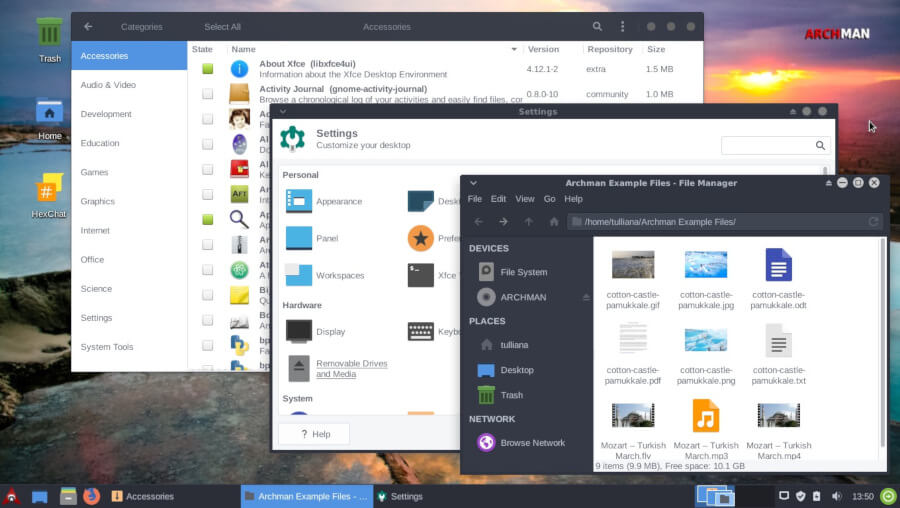
8. Void
Void is a multipurpose Operating System built from scratch based on the monolithic Linux kernel to house a hybrid binary/source package management system and a unique implementation of various processes.
This gives its users the ability to manage software as well as to build software directly from their source. It has support for Raspberry Pi single-board computers and being a rolling release, it is always up to date.
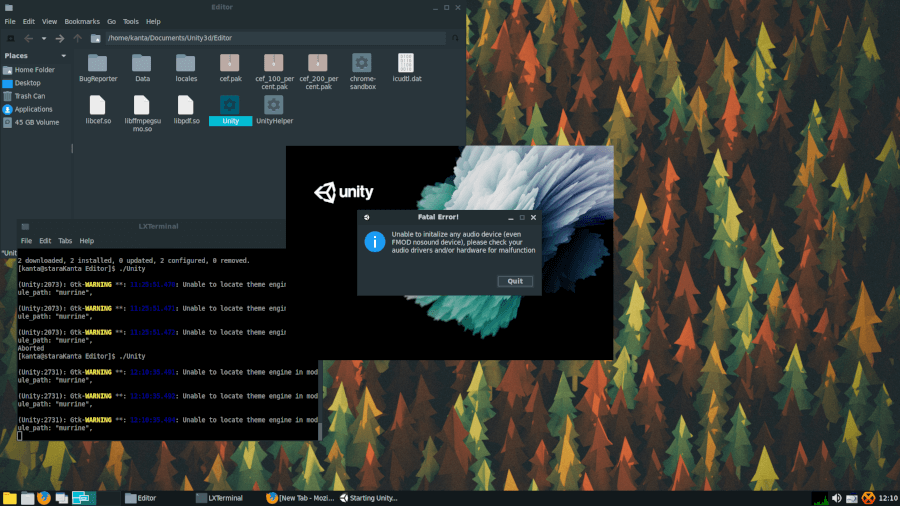
9. Modicia OS
Modicia OS is an Ubuntu LTS and Debian-based Linux OS developed by MODICIA Development Company for their public bodies and professional clients.
It boasts of 10% swappiness, program speed increase by 25%, and 20% RAM efficiency thanks to its active Turbo Boost processors. It also comes with Wine HQ pre-configured alongside the typically bundled apps, preinstalled dictionaries with multi-language support, etc.
Modicia OS is regularly updated and is available in 3 flavors, Desktop Ultimate, Light, and Didattico.
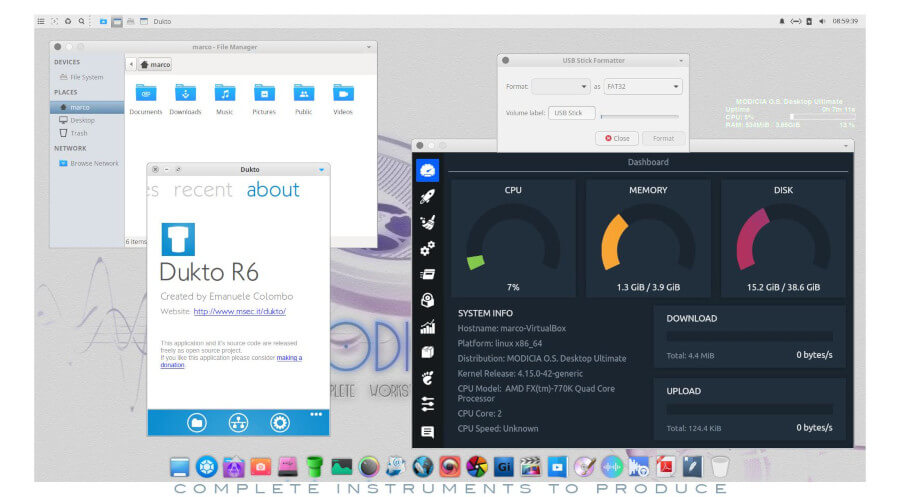
10. Bliss OS
Bliss is an open-source Android-based Operating System that aims to be usable across various platforms. It has Bliss ROM for Android devices, Bliss OS for PCs, and ROM & OS Development for business and educational institutions.
Bliss OS is free and compatible with PCs, MacBooks, and Chromebooks with support for both BIOS/CSM and UEFI boot.
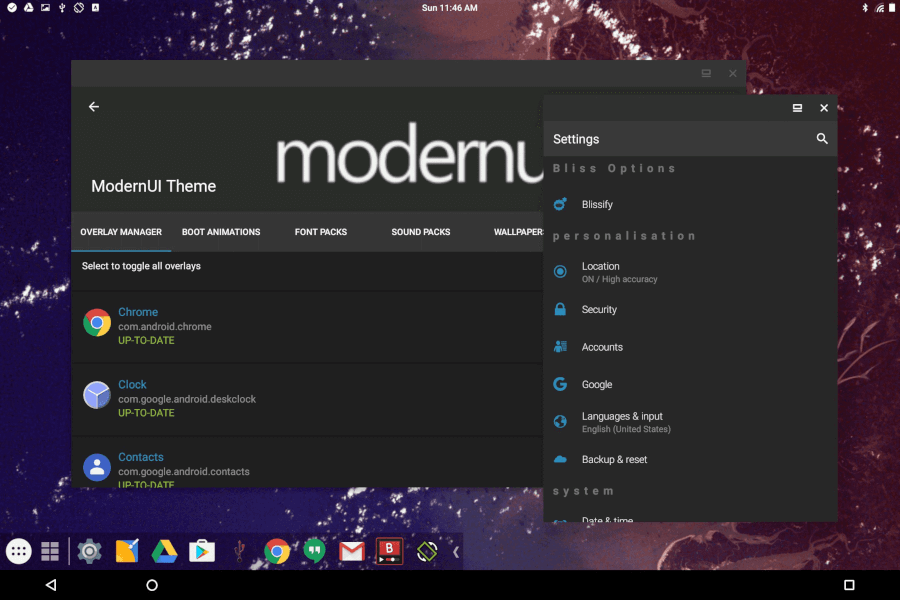
Summary
Most of these distros have been submitted for review on the waiting list and you can click the Recommend button next to the name of the distribution(s) that you like. That way, you will be contributing towards Distrowatch assigning a resource to review it.
SparkyLinux and RoboLinux are on this list because of the major changes they got last year. They are older than 2 years but they also boast updates that make me consider them to be new.
As always, feel free to let us know if you have any questions or suggestions about this article. Use the comment form below to drop us a note anytime. We look forward to hearing from you!
